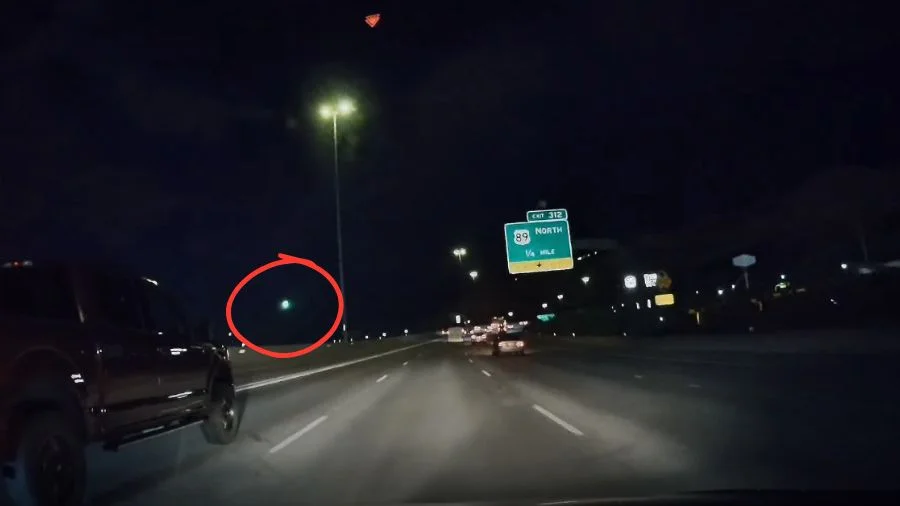
Fireballs Across the Sky: Meteor, Space Junk, or Something Else? Experts Weigh In
A sudden flash of light streaks across the night sky, captivating thousands. Mobile phones and dashcams capture the spectacle, and social media erupts with questions: What *was* that?
Is it a comet? A meteor? Space junk? Or perhaps even a rogue rocket stage? While these celestial objects share some visual similarities, key differences can help distinguish them. Let's break down the fiery mysteries lighting up our skies.
Meteors vs. Bolides: Briefly Brilliant

Shooting stars, also known as meteors, are caused by small particles of dust and pebbles burning up in the Earth's atmosphere. These flashes are typically brief, lasting only a second or two. But sometimes, larger rocks and boulders enter the atmosphere, creating spectacular bolides, also called fireballs. These bright events can outshine even the stars and planets.
The Chelyabinsk meteor, the largest bolide to impact Earth in over a century, blazed for a mere 20 seconds.
Recently, residents of Ogden, Utah, reported seeing a bright green fireball on May 3rd, 2025, sparking speculation of a meteorite impact. The green color, along with reports of a plume of smoke and echoing sounds, added to the mystery.
Space Junk vs. Rockets: Human-Made Fireballs
With the increasing number of orbital rocket launches and satellites, space junk re-entries are becoming more common. Like meteors, space junk burns up as it enters the atmosphere. However, these objects usually travel almost horizontally and at slower speeds, creating a longer-lasting light show.
A recent incident in Texas saw a mysterious fireball streak across the sky, prompting witnesses to share videos and theories. Observers noted the object's relatively slow movement and fragmentation. Some accounts even described the object splitting into multiple fireballs. Spacewatchers speculated that this fireball was CAPELLA-10 (WHITNEY), a satellite predicted to re-enter the atmosphere.
Rockets can also put on impressive displays. While launches from sites like Cape Canaveral are expected, rockets can produce plumes of exhaust gases visible even far from the launch site. As rockets approach orbit, they emit exhaust gases that expand in the vacuum of space, creating stunning visual effects.

Comets: Subtle Glow, Not Fiery Blaze
Contrary to popular depiction, comets are generally too distant for their vast speeds to be noticeable with the naked eye. Furthermore, their glow is more subtle, not the fiery blaze often associated with meteors and space junk.
The Next Time You See a Fireball
The next time you witness a bright object streaking across the sky, remember to consider its speed, trajectory, and color. Was it a fleeting flash? A slow-moving, fragmenting object? Or a subtle glow? By observing these characteristics, you might be able to decipher the celestial mystery overhead.
Have you ever been lucky enough to witness a fireball? Share your experiences and theories in the comments below!